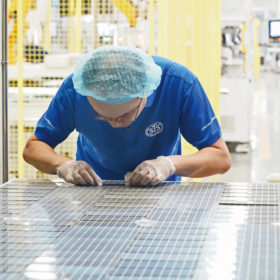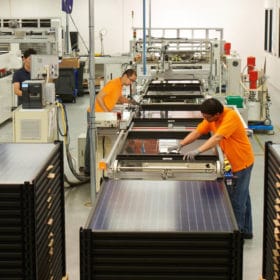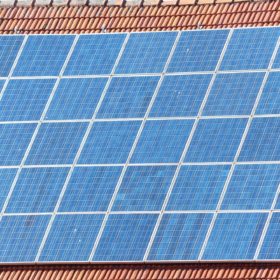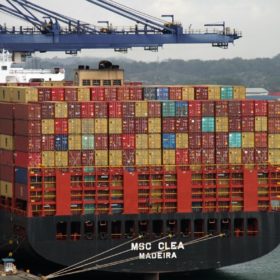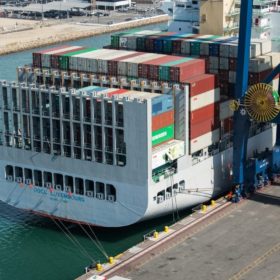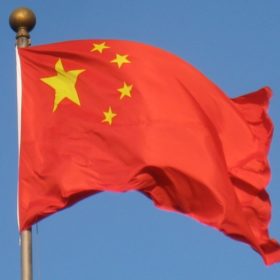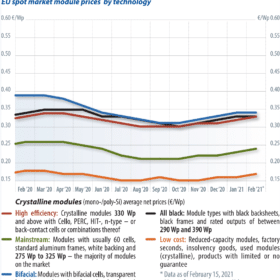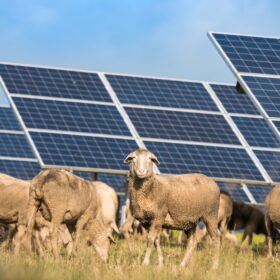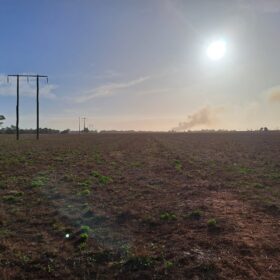Weekend read: Shining a light on supply chains
The drivers for PV supply-chain traceability could rub against a solar industry enjoying a true seller’s market, with demand outstripping supply. However, supply-chain auditing services are gaining support in increasingly regulated environments. pv magazine’s Tristan Rayner has spoken to a number of auditing experts about how they shine a light on often-opaque operations.
Making Australian solar circular
Former Tindo Solar CEO, Shayne Jaenisch, outlines how Australia’s renewables industry can avoid forced labour, cut waste, secure its supply chains and create a domestic manufacturing industry.
More than 3 GW of solar panels held by US customs under forced labor law
ROTH Capital Partners reports 3 GW have been seized under enforcement of the Uyghur Forced Labor Prevention Act.
100MW of modules detained in the US under Hoshine WRO released
Shipping containers storing roughly 100MW of LONGi solar modules have been released, reports ROTH Capital Partners in an industry note, while Trina has had the vast majority of its detained product released, if not all of it entirely.
Solar modules are being detained by customs agents, reports suggest
An order issued in late June instructed customs agents to detain solar shipments containing silica-based products sourced from a Chinese firm and its subsidiaries. Three solar players may already have been impacted.
Australian solar industry remarkably silent as global pressure mounts around allegations of forced labour in supply chain
The solar industry in Europe and the United States is continuing to ramp up the pressure on the use of polysilicon produced in Xinjiang, China – in response to allegations that forced labour is being used in its production. By contrast, the Australian industry’s response has been markedly muted. Although it is true that most global solar industries are heavily reliant on Chinese manufacturing, Australia is overwhelmingly so.
Debate on alleged forced labour in Chinese PV industry heats up in Europe
Three Dutch political parties have brought the forced labour issue to Parliament and have asked the Minister for Foreign Trade and Development Cooperation, Sigrid Kaad, to report on the matter.
Saturday read: Why human rights protection is pushing up module prices
The solar industry typically sees itself as being supportive of the environment, humanity, and human rights. Even large Chinese PV manufacturers publish statements to this effect, particularly if they are listed on Western stock exchanges. But what do human rights have to do with the solar industry? What connections exist, asks Martin Schachinger of pvXchange, and how are they important to the future success of the European PV market?
